Marble 15mm 1 sqft
₹136.00
Price may vary according to the type of Marble and quality selected.
Description
When limestone undergoes metamorphism, it transforms into marble, a metamorphic rock. The mineral calcite (chuna in hindi) makes up the majority of the composition, although it may also include other elements such clay minerals, micas, quartz, pyrite, iron oxides, and graphite.
After metamorphism, the crystallisation of calcite forms a rock that is a dense mass of calcite crystals. Dolostone is transformed into dolomitic marble by heat and pressure.
It’s common for limestone to convert into marble along convergent plate borders, when the Earth’s crust is exposed to the heat and pressure of regional metamorphism. Contact metamorphism occurs when a hot magma body warms nearby limestone or dolostone, resulting in the formation of marble. Convergent plate borders also experience this phenomenon.
Calcite in limestone is often found as lithified fossils and biological waste before it undergoes metamorphism. This calcite recrystallizes during metamorphism, and the texture of the rock changes as a result.
Limestone to marble transition begins with tiny calcite crystals in the rock. When the rock is held up to the light, a sugary dazzle of light may be seen glistening from their small cleavage faces in a recently broken hand specimen.
These interconnecting crystals of calcite become more noticeable as metamorphism continues. The original fossils and sedimentary features of the limestone are obscured by re-crystallization. A convergent plate boundary alters the rocks, however this does not generate foliation, which is common in changed rocks.
When recrystallization occurs, limestone and marble separate. Low degrees of metamorphism will produce extremely tiny calcite crystals in marble. As the degree of metamorphism increases, the crystals generally get larger.
As the degree of metamorphism rises, clay minerals inside the marble will transform into micas and increasingly complicated silicate structures. The mineral corundum, which is found in rubies and sapphires, may have a role to play in the production of these gems.
A marble deposit may be hundreds of feet thick and spread over a vast area. There are certain mines and quarries that produce millions of tonnes of it each year because of this.
The majority of marble is crushed into either dimension stone or sand. There are many uses for crushed stone, including in the construction of roads and other infrastructure.
Marble is cut into exact measurements to generate dimension stone. Monuments, sculptures, pavement and other projects employ these. Our page on “the uses of marble” has images and explanations of marble in a wide variety of contexts and applications.
Marble is often a white rock. In the absence of contaminants, the product will be white in colour. Blue, grey, pink or yellow marble that includes clay minerals, iron oxides, or bituminous material may be found.
Marble with a dazzling white hue and an exceedingly high purity is incredibly beneficial. Crushing it to a fine powder and then processing it removes as many contaminants as possible. “Whiting” is the name given to the resultant catch. As a colouring additive and filler in paint (whitewash), putty (plastic, grout), cosmetics, paper, and other manufactured items, this powder is employed.
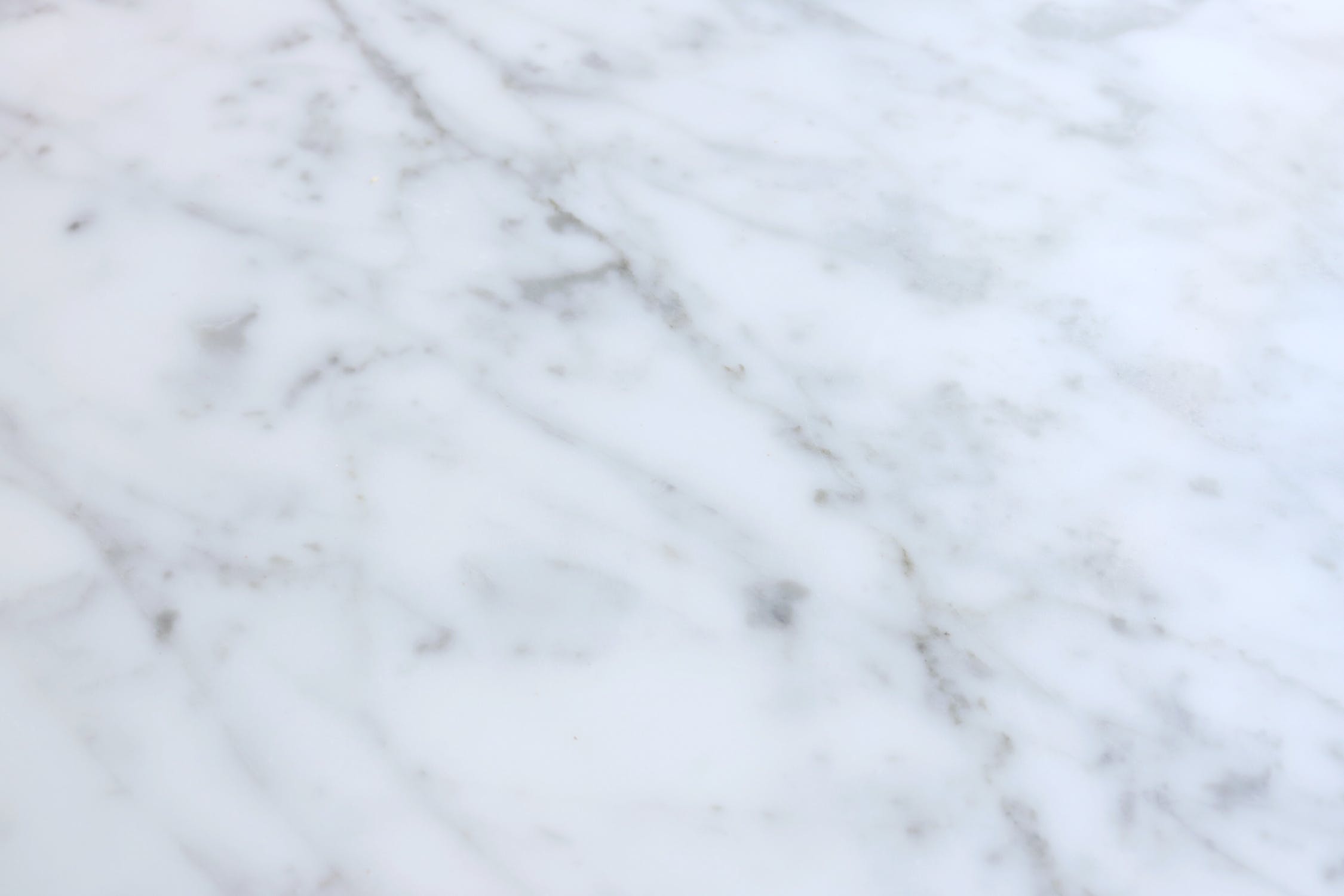
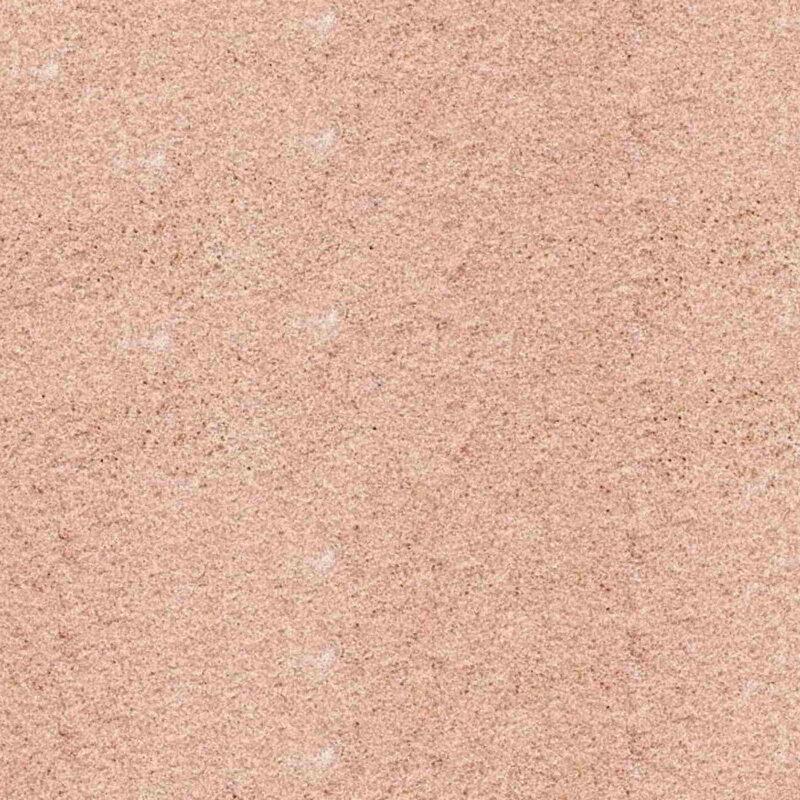
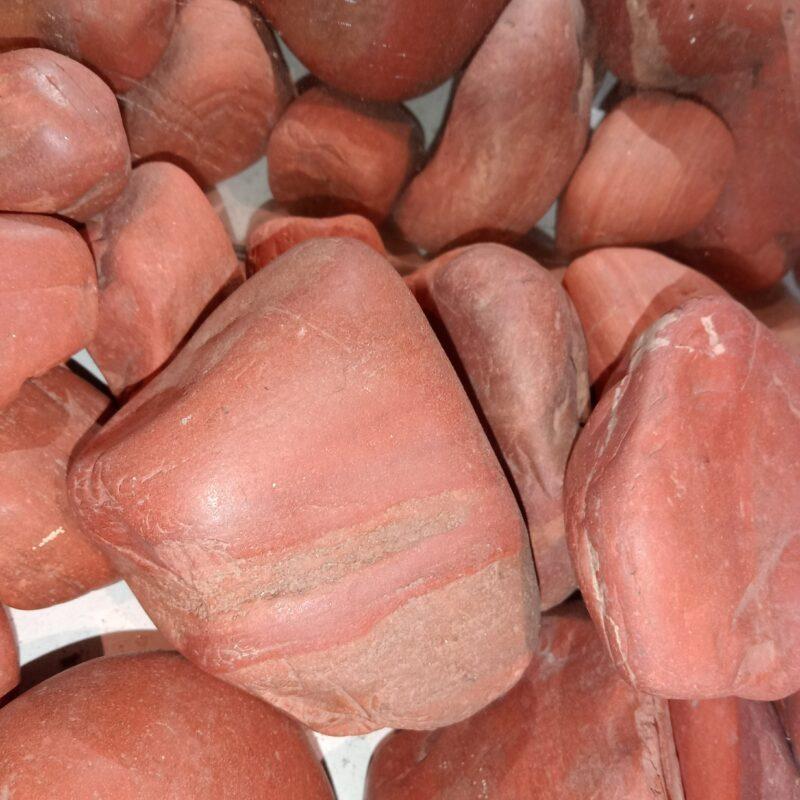
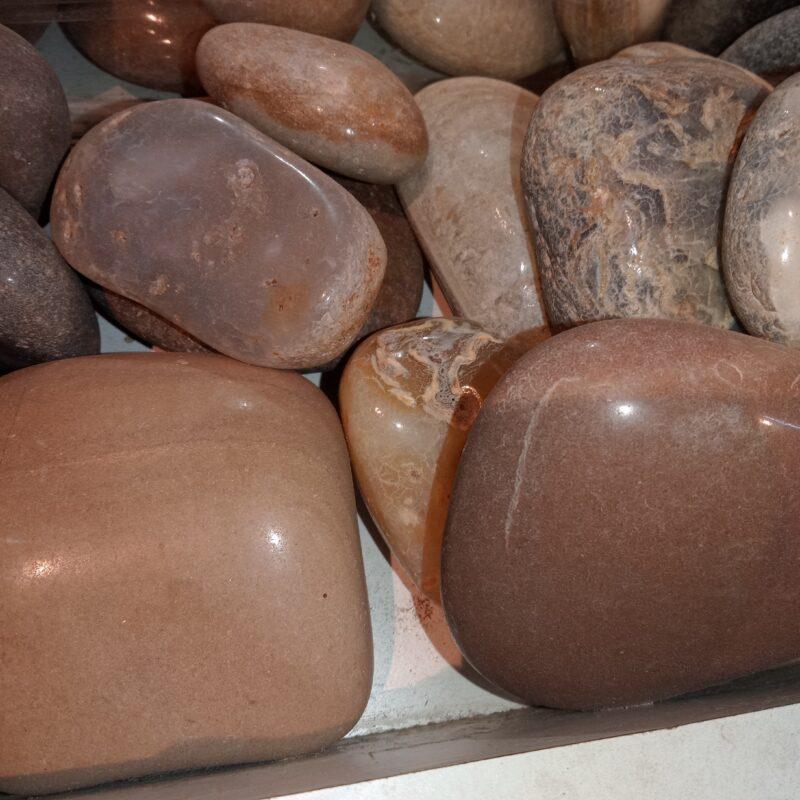
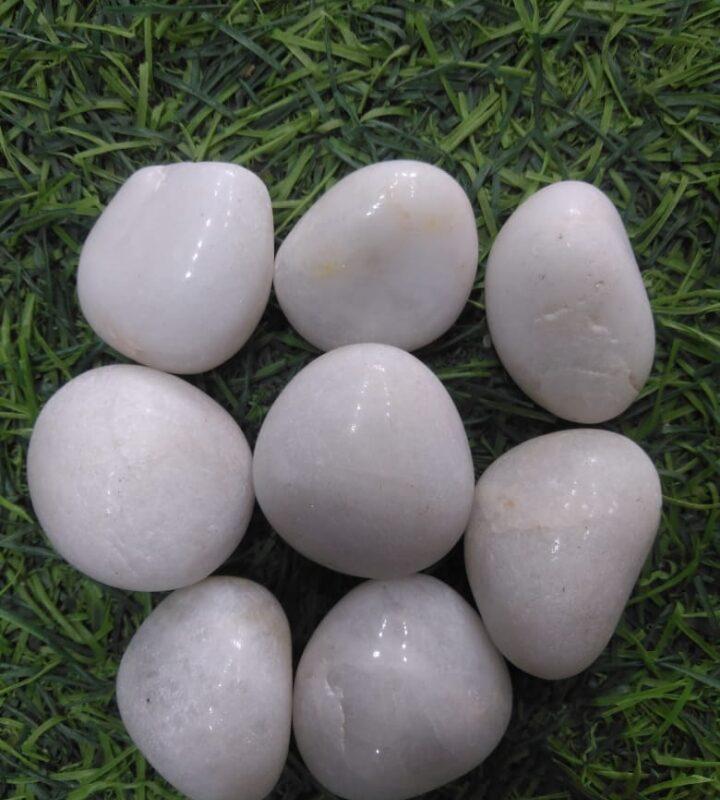
Reviews
There are no reviews yet.